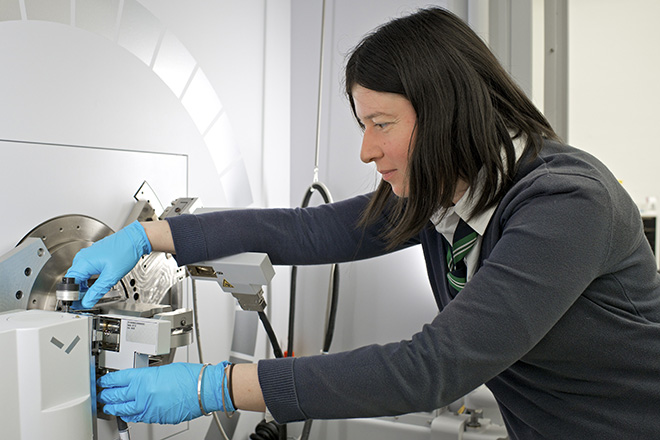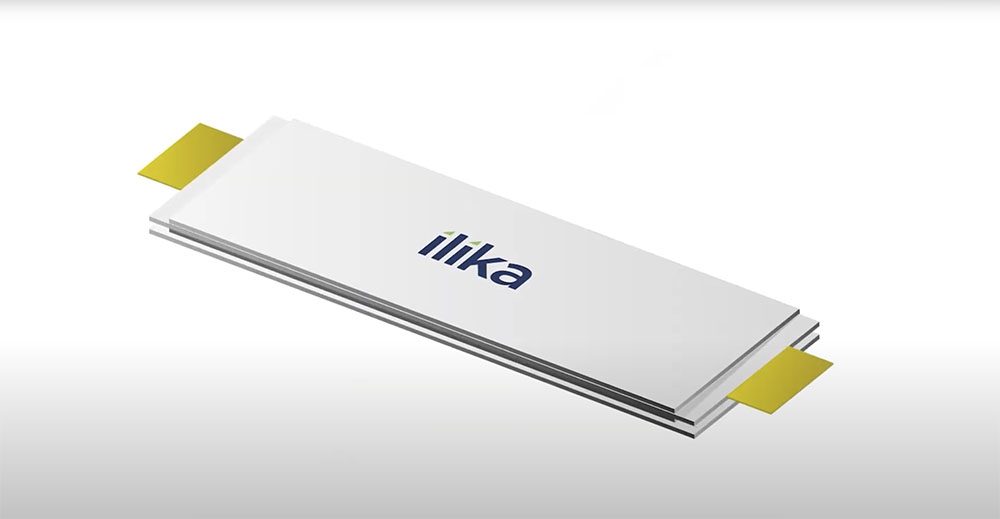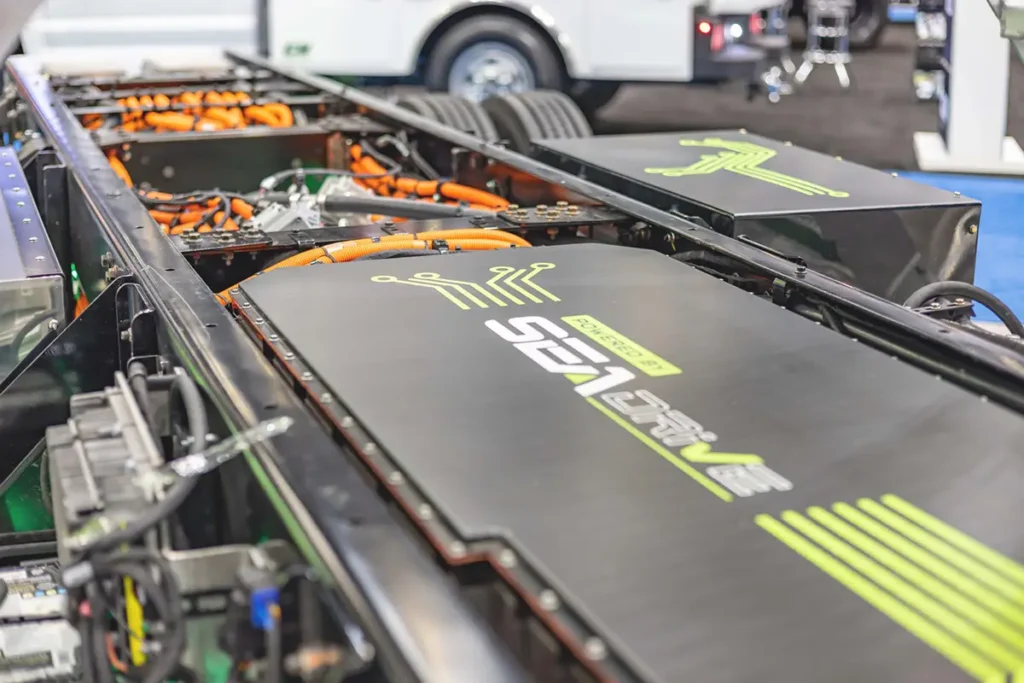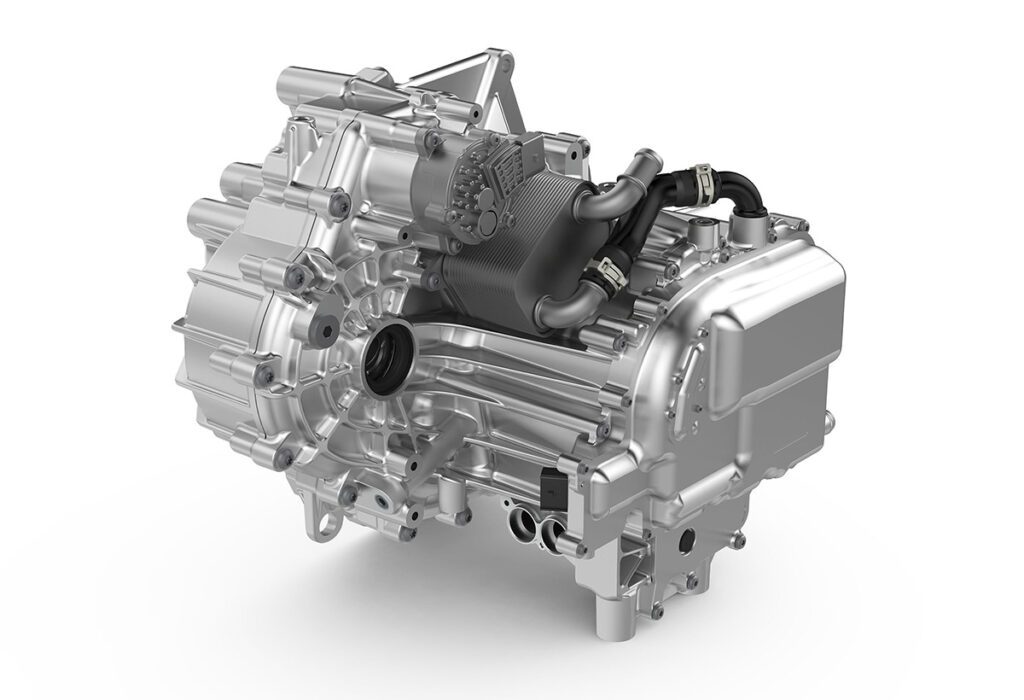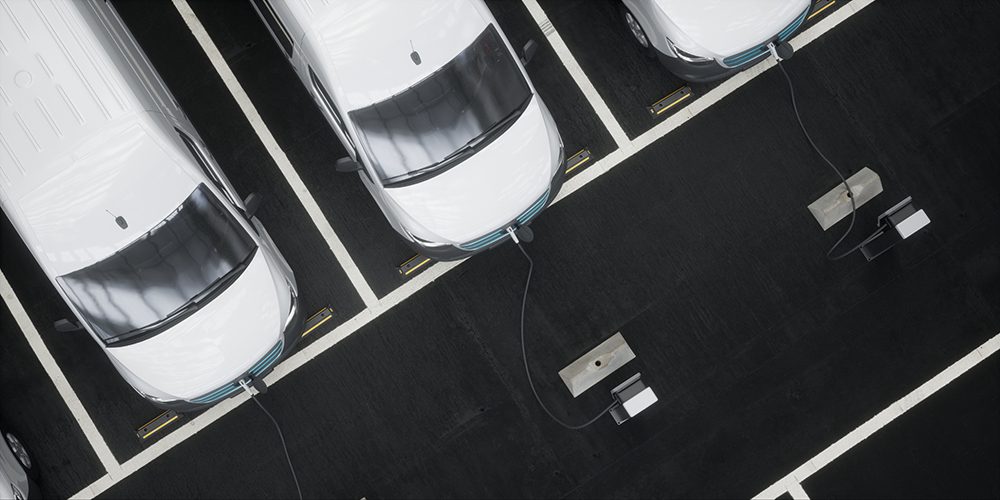Researchers at the Paul Scherrer Institute (PSI) in Switzerland and the Université Grenoble Alpes in France have developed a simple method that they say can improve the performance of lithium-sulfur batteries by 25-30%.
In “Direct observation of lithium polysulfides in lithium-sulfur batteries using operando X-ray diffraction,” published in Nature Energy, Joanna Conder and colleagues reported that the addition of silicon dioxide (aka silica or quartz) powder to a liquid electrolyte slows the rapid capacity loss that can plague lithium-sulfur batteries.
The lithium-sulfur battery is a promising candidate for future batteries. The materials required are inexpensive, environmentally friendly, and readily available, and the battery can theoretically deliver three times as much energy as today’s Li-ion battery. In practice, however, the lithium-sulfur battery rapidly loses capacity with repeated charging.
Electrochemistry researchers at PSI gained new insights into the processes responsible for the capacity loss by using X-rays to track the chemical reactions that take place within the battery. They made directly visible, for the first time, the way lithium-sulfur compounds change and how this leads to the loss of capacity.
The team also observed how quartz powder (SiO2) improves the lithium-sulfur battery. “With this additive, a lithium-sulfur battery’s performance is improved by 25 to 30 percent,” said study co-author Claire Villevieille. “We simply added the quartz powder to the electrolyte like adding washing powder to the laundry.”
During the operation of a lithium-sulfur battery, polysulfides form, and a portion of will be lost to the electrolyte and travel back and forth between the two electrodes with every charging and discharging cycle – the polysulfide shuttle effect. These rogue polysulfides react with the lithium electrode of the battery, reducing the amount of available sulfur and diminishing the battery’s capacity.
This process can be counteracted through the addition of quartz powder. The researchers found that the quartz binds the polysulfides the way soap binds dirt, Villevieille explained. The positive effect of the quartz was revealed when the researchers examined the chemical processes within the battery using operando X-ray diffraction. Ordinarily, liquids cannot be observed using this technique, as X-ray diffraction works only on ordered, crystalline structures. To make the polysulfides visible, the researchers added glass fibers to the electrolyte. The polysulfides settled on the surface of the fibers in an orderly manner.
“Aligned in this way, the polysulfides diffract the X-rays and thus become visible,” said study lead author Joanna Conder. “This enabled us for the first time to track the accumulation and transformation of the polysulfides inside the battery during charge and discharge.”
Unexpectedly, the researchers found that the glass fibers reduced the unwanted accumulation of sulfides. Since glass consists mainly of quartz, the idea to begin using quartz powder as a kind of cleaning agent in the batteries was evident.
Source: Paul Scherrer Institute







